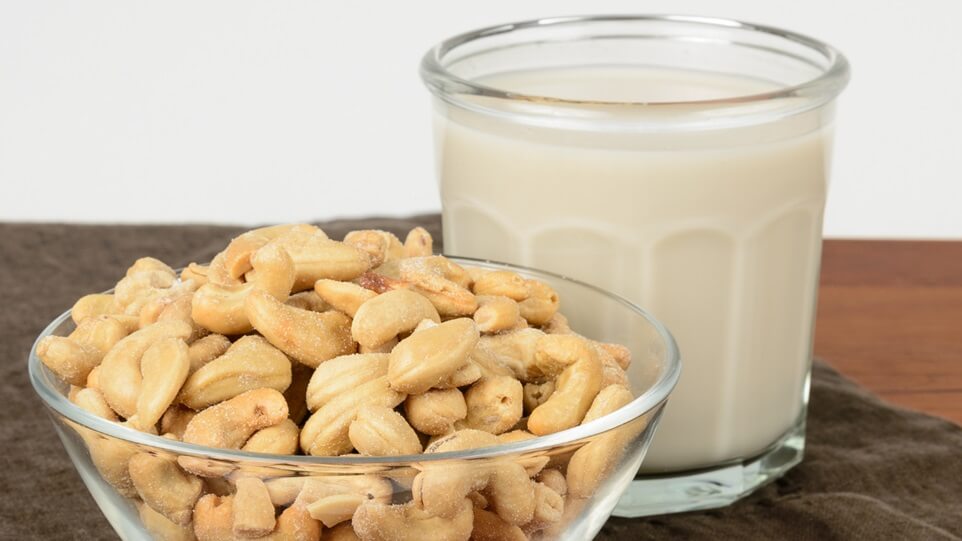As parents, one of our main goals is to ensure that our kids grow up to be healthy and strong individuals. This can be achieved through various means, such as providing them with a balanced diet, encouraging physical activity, and teaching them about the importance of making healthy choices. One useful tool that can aid in promoting healthy habits among children is a food chart. In this article, we will discuss the role of a food chart in empowering kids with healthy choices.
What is a Food Chart?
A food chart, also known as a meal planner or diet chart, is a visual representation that outlines the meals and snacks for each day of the week. It usually includes all major food groups, such as fruits, vegetables, grains, dairy, and protein, and provides serving recommendations for each group. Additionally, a food chart for kids may also include specific food items that are recommended or should be avoided for children’s age group.
Importance of a Food Chart for Kids
- Encourages Balanced Diet – A food chart provides a structured plan for meals and snacks, ensuring that children consume a balanced diet that includes all essential nutrients. This helps in promoting overall health and development.
- Promotes Healthy Choices – By including a variety of food options in the chart, children are exposed to different flavors and textures, encouraging them to try new foods and expand their palate. This can help in developing healthy eating habits from an early age.
- Teaches Portion Control – Serving recommendations provided in a food chart help kids understand appropriate portion sizes, preventing overeating and promoting mindful eating.
- Creates a Sense of Ownership – Involving kids in planning and creating their food chart gives them a sense of ownership, making them more likely to adhere to the plan and make healthier choices.
- Provides Structure – A food chart provides structure and routine for meals, reducing decision fatigue for both parents and children. This can also help in managing picky eating habits and promoting a positive mealtime experience.
The Role of Parents in Using a Food Chart
While a food chart can be an effective tool in promoting healthy choices for kids, it is essential that parents play an active role in its usage. Here are some tips on how parents can make the most out of a food chart:
- Involve Kids – As mentioned earlier, involving kids in creating and planning their food chart can make them more likely to adhere to it. Ask for their input, let them choose some of their favorite meals, and involve them in grocery shopping and meal preparation.
- Be a Role Model – Children often mimic the behavior of their parents, so it is essential that parents lead by example when it comes to healthy eating habits. Make sure to include yourself in the food chart and try new foods with your kids.
- Be Flexible – While a food chart provides structure, it is essential to be flexible and open to modifications based on individual preferences and needs. This can also help in avoiding power struggles during mealtime.
- Educate Children – Use the food chart as an opportunity to educate children about the importance of a balanced diet and how different food groups benefit their bodies. This can help in promoting long-term healthy habits.
Conclusion
A food chart is an effective tool for empowering kids with healthy choices. Providing structure, promoting a balanced diet and portion control, and involving healthy kids drinks in the process can aid in developing healthy eating habits from an early age. However, it is essential for parents to play an active role and be flexible in its usage. With the right approach, a food chart can be a valuable tool in promoting overall health and well-being for children. Let’s start planning our kids’ meals with a food chart today!


